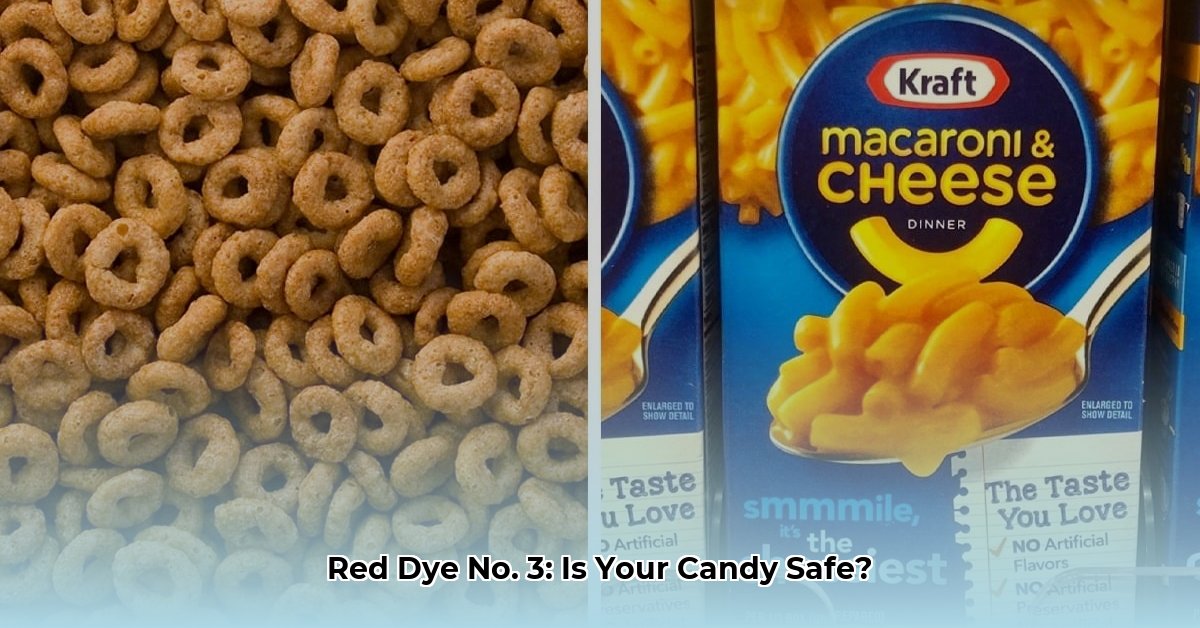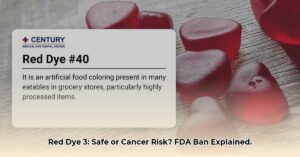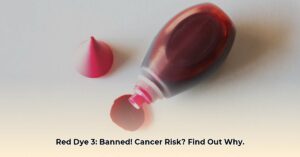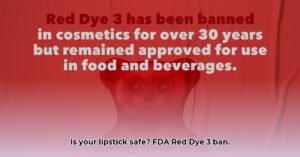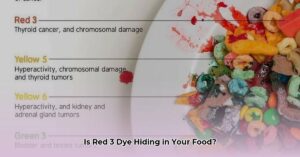Introduction: The Scoop on Red Dye No. 3
Red Dye No. 3, also known as erythrosine or FD&C Red No. 3, is a synthetic food coloring used to create vibrant red and pink hues in various products, including candy. However, due to potential health concerns, the FDA is banning its use in food, effective January 15, 2027, and in orally administered drugs, effective January 18, 2028. This means candy manufacturers will need to reformulate their recipes or discontinue products using this dye. While you might still find candies containing Red Dye No. 3 on store shelves for a while, it’s important to be aware of this upcoming change and understand its implications.
Which Candies Currently Contain Red Dye No. 3?
Pinpointing every candy containing Red Dye No. 3 is challenging, as manufacturers frequently adjust their recipes. However, some candies historically known to contain this dye include:
- Brach’s Conversation Hearts
- Brach’s Candy Corn
- Pez Candy (select flavors)
- Dubble Bubble Original Twist Bubble Gum
- Jelly Belly Candies (select flavors)
- Trolli Sour Crunchy Crawlers
- Ring Pops
- Certain gummy candies (bears, worms, etc.)
- Some hard candies, particularly bright red varieties
- Certain cherry-flavored candies (including maraschino cherries)
- Select coated candies
- Some pink or red icings and frostings
Important Note:* This list is not exhaustive and may not be entirely up-to-date. Manufacturers are constantly changing their formulas, so always check the product label* to be sure.
Decoding the FDA Ban
The FDA’s decision to ban Red Dye No. 3 stems from research, primarily in male rats, suggesting a possible link between the dye and thyroid tumors. While the FDA acknowledges that the way this potential cancer link works in rats may not translate directly to humans, a law called the “Delaney Clause” mandates that any food additive shown to cause cancer in animals be prohibited. This precautionary approach prioritizes public health, even in the absence of definitive proof of harm to humans. Interestingly, California banned this dye in cosmetics and externally applied drugs in 2023, preceding the federal ban for those applications.
Identifying Red Dye No. 3 on Labels
To ensure a candy is Red Dye No. 3-free, carefully examine the ingredient list. Look for “FD&C Red No. 3,” “Red 3,” “red 3”, “erythrosine,” or “Red Dye #3.”
Exploring Natural Alternatives
Nature offers a vibrant array of alternatives to synthetic dyes. Beet juice produces a deep reddish-purple, carmine (derived from insects) creates a richer red, and paprika provides a warm, orangish-red. Many candy makers are already using these and other natural colorings, so look for products labeled “natural colors” or “dye-free.”
The Future of Food Coloring
The FDA’s ban on Red Dye No. 3 signifies a move toward safer and potentially more natural food coloring. While more research is needed to fully understand the long-term effects of artificial food dyes, including potential behavioral changes in children, this ban is a step towards addressing these concerns. Consumer awareness and demand for natural alternatives may further accelerate the shift away from synthetic dyes, even beyond current regulations.
Staying Informed
The world of food science and regulation is constantly evolving. Stay updated on the latest information regarding Red Dye No. 3 and other food additives by checking reputable sources like the FDA website and consumer advocacy groups. As the 2027 and 2028 deadlines approach, continue to scrutinize ingredient labels and make informed choices about the candies you consume.
Glossary of Terms
| Term | Meaning |
|---|---|
| Red Dye No. 3 | A synthetic food coloring also known as erythrosine, creating red/pink hues. |
| FDA | U.S. Food and Drug Administration, responsible for food and drug safety. |
| Delaney Clause | A law prohibiting food additives shown to cause cancer in any animal. |
| Erythrosine | The scientific name for Red Dye No. 3. |
| Artificial Color | A general term for synthetic food colorings. |
Disclaimer: This information is for general knowledge and does not constitute medical advice. For specific health concerns, please consult a healthcare professional.

